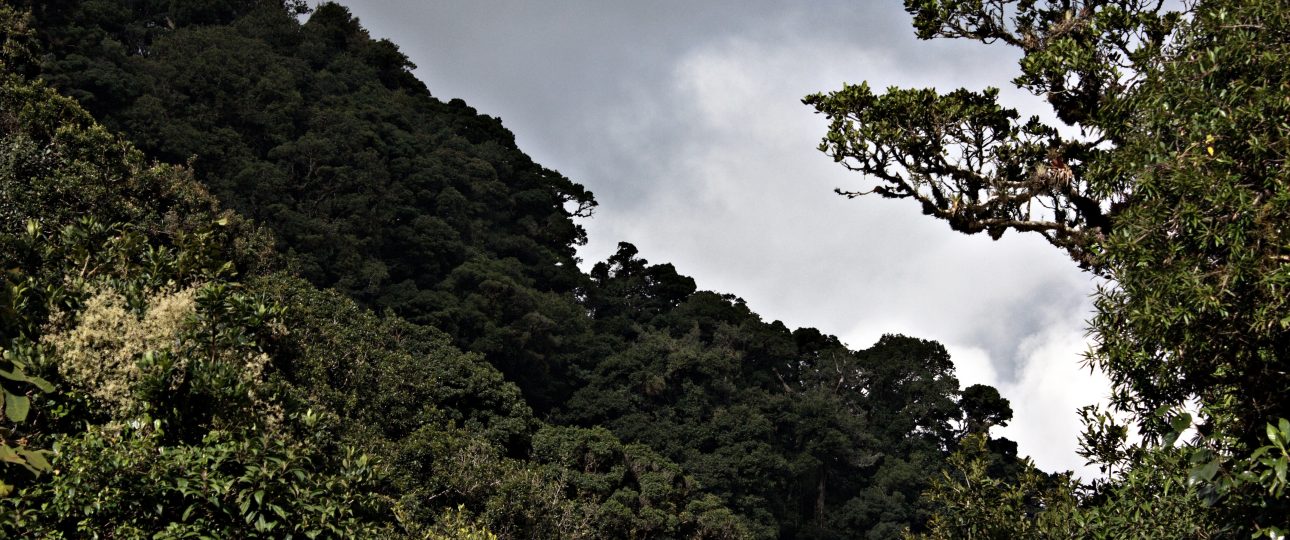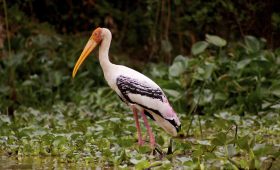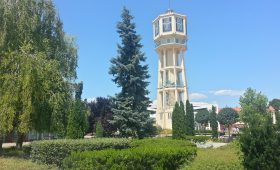Exploring La Tigra National Park
La Tigra National Park, located 27 kilometers north of Tegucigalpa, Honduras, is a remarkable destination for nature enthusiasts. Covering 23,800 hectares, it was the first park in the Honduras national parks system, established in 1980. The park’s landscape is a mix of dry pine forest, lush rainforest, and highland cloud forests, offering a diverse ecosystem for visitors to explore.
Flora and Fauna
The park is home to a wide variety of plant and animal species. With over 350 bird species, including the elusive quetzal, hummingbirds, and parrots, birdwatchers will find plenty to admire. The park also hosts mammals like pumas, peccaries, armadillos, and agoutis. Plant enthusiasts will appreciate the lush trees, vines, lichens, large ferns, colorful mushrooms, bromeliads, and numerous orchids.
Hiking Trails
La Tigra National Park offers seven marked hiking trails, ranging from easy to challenging. The Sendero Principal is the longest at 6.3 kilometers, taking approximately six hours to complete. For a shorter hike, try the Sendero Granadillas, a 1-kilometer trail that takes about an hour. Other trails include Sendero Juquara (1.5 km), Sendero Bosque Nublado (3 km), Sendero La Esperanza (4 km), Sendero La Cascada (7 km), and Sendero La Mina (5 km).
Best Time to Visit
The dry season, from November to April, is the ideal time to visit, as the weather is mild and trails are less muddy. However, the rainy season from May to October offers lush greenery and vibrant flora, though visitors should be prepared for occasional showers and slippery trails.
Getting There
Visitors typically arrive at Toncontín International Airport in Tegucigalpa. From there, a taxi or private car can take you to the park entrance in about 30 minutes, depending on traffic. Public transportation is also available, with buses running from downtown Tegucigalpa to El Hatillo, followed by a short hike to the park entrance.
Local Transportation
Once inside the park, exploring on foot is the best option. The trails are well-marked and cater to different hiking abilities. Comfortable shoes and plenty of water are essential, as some trails can be steep and demanding. Guided hikes are available through local tour operators, offering insights into the park’s flora, fauna, and history.
Accommodations and Amenities
The park has visitor centers with eco-lodges for overnight stays, and camping is available near the Jutiapa visitor center. For those seeking more comfort, “glamping” accommodations are also an option. It’s advisable to bring a poncho for rain, a light jacket for cooler temperatures, and mosquito repellent.
Conservation and Community Impact
La Tigra National Park plays a crucial role in conservation and the local community. It provides clean water to surrounding areas and serves as a sanctuary for wildlife. The park’s conservation efforts and sustainable tourism practices ensure its ecological benefits are preserved for future generations.



